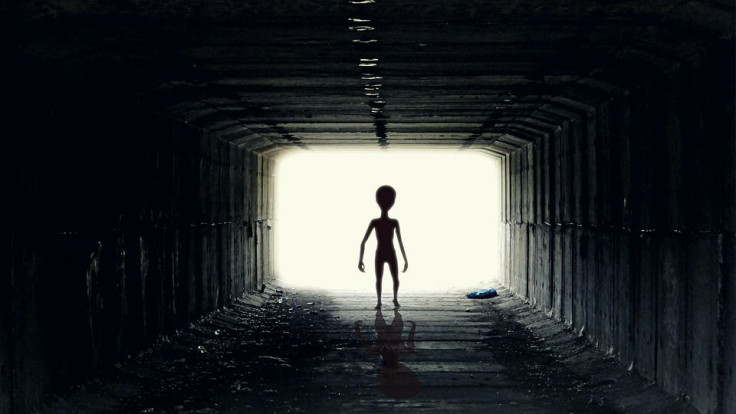Definitive evidence of Extraterrestrial Intelligence (ETI) is yet to be found, but a new report recommends where to look for it.
Two researchers from the Massachusetts Institute of Technology (MIT) and the University of Liège came up with a study where they suggested that to find evidence of transmissions, we should look at our own Solar System. Going by the team's findings, the best place to search for possible interstellar communications from an alien probe is apparently Wolf 359 (a red dwarf star), according to Universe Today.
The study was conducted by Artem Burdanov and Michaël Gillon, who is a member of NASA’s Nexus for Exoplanet System Science and is a Senior Research Associate with the Belgian National Fund for Scientific Research. On the other hand, Burdanov is a Postdoctoral Associate with the Department of Earth, Atmosphere, and Planetary Sciences at MIT. Professor Jason Wright, a member of Penn State Center for Exoplanets and Habitable Worlds and the director of the Penn State Extraterrestrial Intelligence Center, provided additional insight and support.
Burdanov and Gillon started their study with a pretty safe assumption that the ET life has had an important head start on humans. About 13.51 billion years ago, the Milky Way Galaxy was said to have formed, and then came the first planets that arrived about 500 million years later. Our Solar System formed about 4.5 billion years ago, making it relatively a newcomer. As for the humanity, it is still young as it has only existed for the last 200,000 years, and it stands to reason that intelligent species have already emerged and have had the required time to take over the Milky Way.
For the new study, the team referred to another study that was done in 2014 by Gillon that showed how an ETI could have filled our galaxy with self-replicating probes, which could form a galaxy-spanning communication network and maximize their communication efficiency by using stars as gravitational lenses. Gillon said that in this hypothesis, "every star of the Milky Way should host such probes, including the Sun. This hypothesis tells us where to look for these probes, at the 'solar gravitational line' of the nearest stars, i.e., at the opposite coordinates to the nearest stars."
Meanwhile, Washington is making efforts to investigate possible alien activity after authorities could not explain the phenomena of unidentified flying object (UFO) sightings, reported New York Post. Officials said Tuesday that a new group is being formed by the Department of Defense that is tasked with finding and identifying UFOs in restricted airspace.

© 2025 Latin Times. All rights reserved. Do not reproduce without permission.




